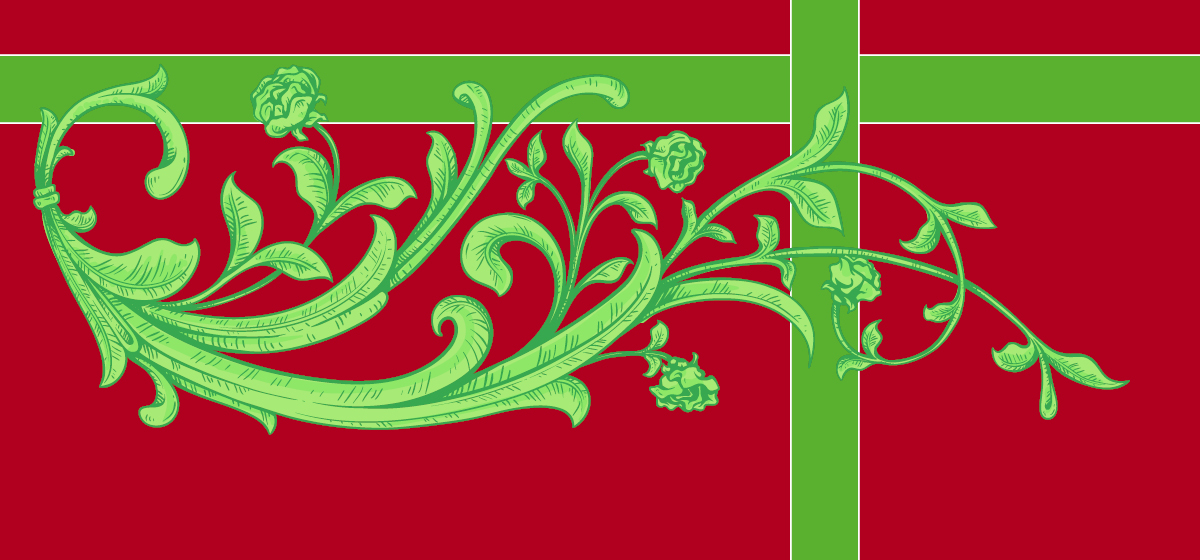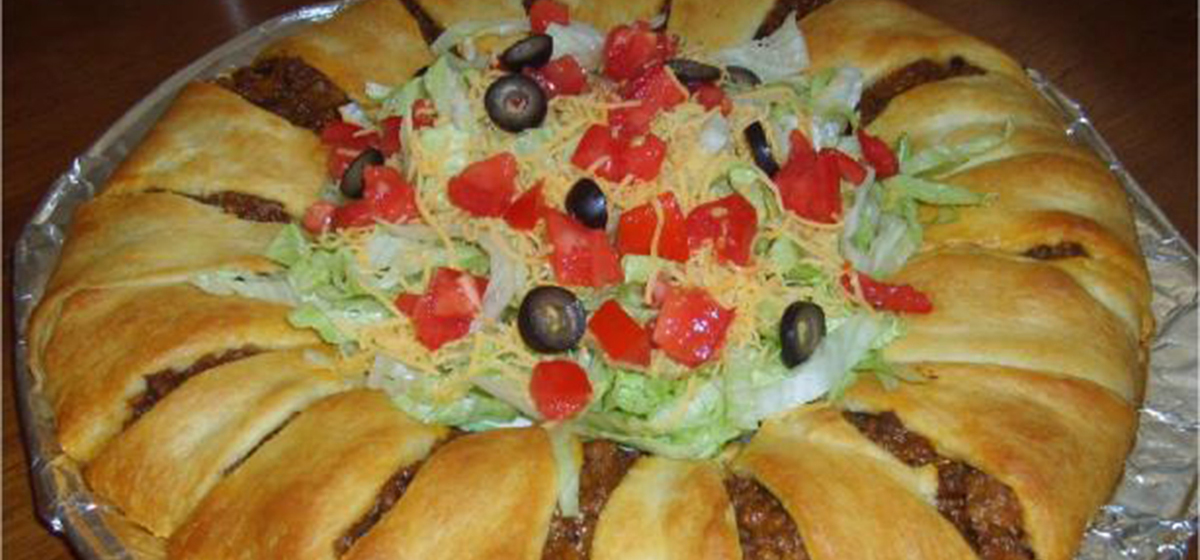 To get to know Tom Fordyce is to become acquainted with a man who has lived his life in stages. From boyhood to manhood, step by step he has evolved by degrees to the man he is today. Walker County is blessed to have a man of his caliber and character.
To get to know Tom Fordyce is to become acquainted with a man who has lived his life in stages. From boyhood to manhood, step by step he has evolved by degrees to the man he is today. Walker County is blessed to have a man of his caliber and character.
Postcards Magazine meets certain individuals that, through their trials and triumphs, merit a larger platform to inspire others. Fordyce is such a man. His life experience offers something to everyone, through the example of his transcendence from the farm to the battlefield to one of the founding organizers of the Wounded Warrior Banquet held each January in Walker County.
I was born and grew up in Katy, Texas. All we really ever did there was work cattle and farm rice. I think at that time we had a population of about 3,000 people. I’ve got no idea of what the population of Katy is today. But back then, we had only one high school. Today, it’s several high schools in the area.
Oh, yes! I played football. I was never very good at it. I played baseball; I played everything. I don’t believe I was ever very good at any of them, but I played. Or, as I like to say, I showed up every day and gave my best.
I graduated from Katy High School in June of 1966 and joined the United States Marine Corps. I come from a long line of Marines. From the time I was maybe 10 or 11 years old, I always knew I was going into the Marine Corps. I went to boot camp at the Marine Corps Recruit Depot in San Diego, California. After boot camp, I landed in Da Nang, Vietnam on the 4th of November, 1966. From there, we convoyed out to our base camp, just southwest of Da Nang, to a place called Hill 55.
During that time, I was a sniper. Later, I remember going to Japan for R&R (rest and relaxation). When we got back, we tried to catch another convoy back to our base camp, and somebody said that we had moved to a new location…Khe Sanh. I remember saying to myself, “Where in the world is Khe Sanh?” I found out real quick about Khe Sanh.
 As a historical note, the Battle of Khe Sanh was perhaps the longest, most controversial and deadliest of the war in Vietnam. The mission of the United States Marines Corps was to establish a presence near the Laotian border, just south of the Demilitarized Zone that separated North and South Vietnam. In addition, the Marines were to block the infiltration of the enemy from Laos and to patrol the Ho Chi Minh Trail.
As a historical note, the Battle of Khe Sanh was perhaps the longest, most controversial and deadliest of the war in Vietnam. The mission of the United States Marines Corps was to establish a presence near the Laotian border, just south of the Demilitarized Zone that separated North and South Vietnam. In addition, the Marines were to block the infiltration of the enemy from Laos and to patrol the Ho Chi Minh Trail.
Reports indicated that enemy forces included two infantry divisions, two artillery battery (strike) regiments, and at least one armored (tank) regiment. The battle pitted an enemy strength of 20,000 to 30,000 against 6,000 U.S. Marines. Fighting was intense, with the United States Marines Corps inflicting more than 15,000 enemy casualties. A kill ratio of 75:1, according to General William Westmoreland, Commander of U.S. Forces in Vietnam.
I fought in Khe Sanh for six months. I was wounded—then the Marine Corps retired me. I remember it was on Hill 861. I was shot; it blew my ring, little finger and wrist apart on my left hand. Had it not been in a hot combat situation, the medical Corpsmen could have saved my hand. They felt if they didn’t do what they had to right then, they would have had to later amputate my entire arm up to the shoulder.
After they evacuated me and I was lying there in a hospital bed, the doctor said to me, “Marine you’re going to feel the sensation of your left hand for the rest of your life.” I was real young at that time, and didn’t fully understand what he was talking about.
 Will you try to explain it to us?
Will you try to explain it to us?When they finally amputated this hand, I was in so much pain that they had to put me out. I was hurting so bad. After I woke up, they had my arm elevated, and I was—in my mind—moving my fingers, thumb, and everything. I thought to myself, “I knew they took it off, but maybe, just maybe, they were able to reattach it somehow.
The doctor comes back in to check on me and said, “Marine. How do you feel?”
I said “Fine, Sir. Doc, I feel great, and I really appreciate what you did for me. My arm feels real good, and I’ve been here moving my fingers and everything.”
Then he said, “No Marine. We couldn’t save it, and you’re going to have that sensation for the rest of your life. At first, it will feel like it’s where your hand was. Eventually, the sensation will work its way back to the point of amputation.”
It’s funny, because there are times when I felt it itch, and I’d want to scratch it. But it was gone. It’s been this way for 49 years. I only got to wear the Marine Corps uniform for a very short time.
A lot of my friends were coming to Huntsville to go to college at Sam Houston State University. It was a simple decision for me.
I went into the only thing I knew, and that was agriculture. That’s all I’ve really ever done. I had really good teachers at Sam Houston State University that took the time with me and really helped me make it.
 In some ways, those were dark times for the country. How did you handle it?
In some ways, those were dark times for the country. How did you handle it?Sam Houston State University is not in a city like on the west coast or east coast. Of course, the Vietnam War was still hot in the late 1960s, and there were war protests and change all over the country. There were some protests at Sam, but not like at other college campuses across the country.
I was fortunate enough to begin working for the Department of Agriculture and Minerals as part of the Texas Department of Criminal Justice system back in 1972. I started at an entry-level position and was fortunate enough to eventually rise to become head of that department before I retired in 2005. Later, Governor Rick Perry appointed me to the Trinity River Authority board in 2005, a position I currently hold.
The Good Lord blessed me to marry my wife Sharon, my wife of 21 years, and we have four children: Stephanie, Michael, Lauren, and Tyler. I have to give my wife all the credit for keeping our family together and raising our children up right. They have really been an inspiration to me. They all inspire me by how they live their lives, and especially by their faith.
First, I want to make it known that the Warrior Banquet we’ve started here in Walker County every January is a stand-alone function. We have no connection with the Wounded Warrior Project or any other project.
Because, if someone donates a dollar, we want to make sure every penny of that dollar goes to that wounded veteran and his family. What other organizations do is wonderful, but I know they have administrative costs, overhead, and things like that, but we don’t. Every penny of every dollar donated goes to the wounded veteran and his family.
 Well, it started in June of ’09. Judge Richard Duncan, Jimmy Wood, and I traveled to Fort Sam Houston to take a tour of the Center for the Intrepid. The facility is designed to assist burn victims and amputees coming home from the war. As we were touring the third floor, which is the floor for prosthesis, I saw this prosthetic arm. As I looked at it, I couldn’t help but notice how real and lifelike it looked. I asked if they could make one for me, and they told me absolutely they would. Now, I get all my prosthetic work done at the Center for the Intrepid.
Well, it started in June of ’09. Judge Richard Duncan, Jimmy Wood, and I traveled to Fort Sam Houston to take a tour of the Center for the Intrepid. The facility is designed to assist burn victims and amputees coming home from the war. As we were touring the third floor, which is the floor for prosthesis, I saw this prosthetic arm. As I looked at it, I couldn’t help but notice how real and lifelike it looked. I asked if they could make one for me, and they told me absolutely they would. Now, I get all my prosthetic work done at the Center for the Intrepid.
After we left there, we toured the Warrior Family Support Center, which is next door to the Center for the Intrepid. This center is operated by the Department of Defense. Almost everything is paid for. What’s not paid for are incidentals, like clothes or diapers, toothpaste, and things like that.
What happens is a family member will get a phone call, and it could be in the middle of the night or 3 or 4 in the morning, notifying them that their child, husband, or wife has been wounded. Normally, a loved one will drop everything and take off as fast as they can to be near their son, daughter, wife, or husband. Many times when they arrive, they realize they forgot some needed incidental item.
When we finished the tour, Jimmy Wood said to Judge Duncan and I that we have to do something about this. So we went to work to provide a way for those incidental items they need and even provide gas cards.
From what I’ve been told, Walker County is the single largest donor of anyone supporting these veterans at the Center for the Intrepid.
Yes, they are. Our cook, Colt Christian, does a mighty fine job with that. Folks tell me every last one of those steaks were tender, juicy—made just like you like ‘em.
Our first banquet was in January of 2010. At that time, we thought if we could raise a few thousand dollars and maybe get a couple of hundred people to show up, we’d be doing great.
At that very first banquet, we had over 650 people show up, and we raised over $50,000. It’s been growing to sell-out crowds over 1,300 people ever since. This past January, we were able to raise over a quarter of a million dollars for our veterans and their families.
 I think, coming from a small town with everybody knowing everybody, you just don’t want to let anybody down. Even though my time in the Marine Corps was not very long, it gave me a lot of self-pride and motivation that I just wrapped up altogether.
I think, coming from a small town with everybody knowing everybody, you just don’t want to let anybody down. Even though my time in the Marine Corps was not very long, it gave me a lot of self-pride and motivation that I just wrapped up altogether.
As a child, 18 years old, a boy is still tied to his mother and father’s apron strings. Then you go into the service, in my case the Marines, and they’ve got guidelines to shape and mold you. I had some tough moments in time, but I couldn’t let this injury define me. Over time, I understood there are things I could no longer do. But I didn’t want what I couldn’t do to interfere with what I could.



